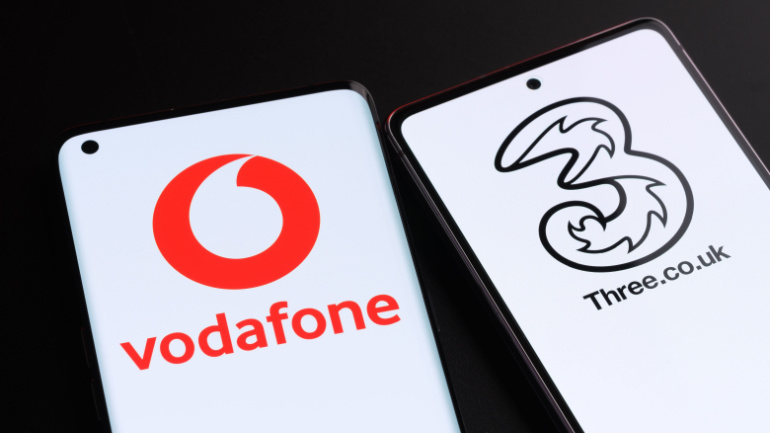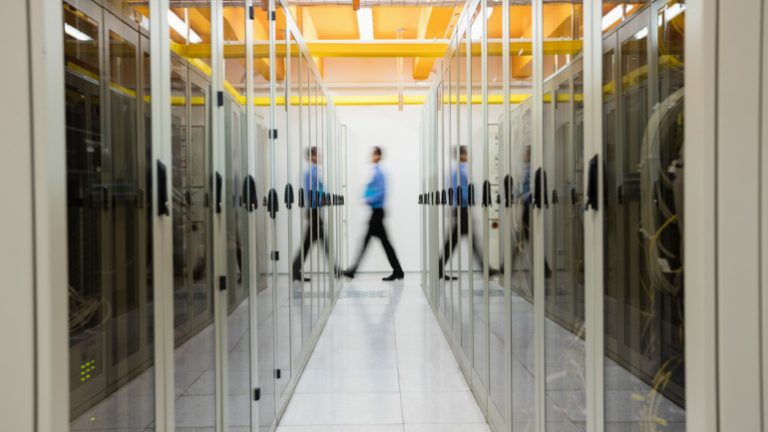
In a bid to gather public and regulatory support for its anticipated merge with Three, Vodafone UK is showcasing the transformative prospects of 5G. An interesting survey published by the telecom giant indicated that over 50% of UK adults believe 5G could have a significant influence on their daily lives, beating other technologically innovative concepts such as AI and drones. This comes as no surprise as the sectors touted to benefit tremendously from a reliable and fast 5G connection are healthcare, utilities, and railways- areas that have recorded high levels of frustration among users in recent times.
It is worth noting that the same announcement repeatedly refers to Vodafone’s proposed merger with Three. Highlighting the landmark commercial release of Vodafone’s 5G standalone (SA) network ‘5G Ultra’ Vodafone CEO, Ahmed Essam, noted that the merger with Three UK is a crucial step towards fast-tracking the UK’s digital future. Ahmed Essam said, “Our proposed combination with Three UK will give us the scale to accelerate investment in the UK’s digital future. The launch of Vodafone 5G Ultra gives a taste of what life could be like. Together, we can deliver innovation further and faster.”
To demonstrate the potential benefits of a merged future, several economic models commissioned from WPI Economics were released to the public. The healthcare sector could experience remote patient check-ups and real-time monitoring via IoT devices, thereby reducing pressure on GPs, hospitals and, possibly saving the National Health Service (NHS) about £1 billion on an annual basis.
Meanwhile, 5G-linked sensors on railways could enhance track maintenance, reduce delays, and cancellations. This poses considerable benefits for passengers, promising an additional 25 million productive hours across five years and £20 million savings in compensation for train operators throughout the same time frame. Rail networks could also run more services, easing overcrowding by reducing the distances between trains by up to 43 percent.
WPI’s model also examined street lighting, indicating that real-time monitoring could cut energy consumption and save councils £700 million in five years, while reducing CO2 emissions by a million tonnes, equivalent to 250,000 petrol or diesel cars.
Vodafone and Three have previously announced that their merger would make available an investment budget of £11 billion in the coming ten years and extend 5G SA coverage to 99 percent of the UK’s population by 2034. Moreover, they argued their merger could boost the UK economy by £5 billion annually by 2030.
With the recent lessened emphasis on the quantity of MNOs by Ofcom and the government, there is a promising outlook for Vodafone and Three. Nevertheless, to actualize the merger, it needs to solve the spectrum distribution issue — a critical determinant of 5G delivery, often cited by operators and industry bodies like GSMA and CTIA.
Ofcom reports indicate that the proposed merger would control over 525 MHz of exclusive-use spectrum – more than the currently biggest UK’s spectrum holder, EE. Their combined holding would be over 45 percent of the UK’s sub-6-GHz mobile spectrum.
Past mergers have required some divestment of spectrum, as seen in the 2010 Orange and T-Mobile UK merge and the unsuccessful 2015 acquisition of O2 by Three. Regardless of the poll results generated, Vodafone and Three’s proposed merger success might pivot on their willingness to cooperate with Ofcom in ensuring a fair spectrum distribution among rivals.




